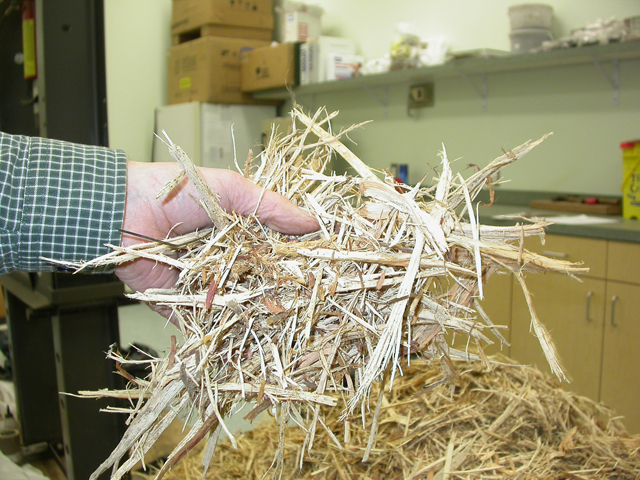

Not long ago, I browsed a dissertation written by a Ph.D. candidate who had spent years developing models of a biofuels production process. The manuscript was impressive. The document was thorough in its derivations based on reaction kinetics, conservation of mass and energy, and equations of motion. The systems of equations were of course not amenable to analytical solutions, so a considerable effort was required to solve them. The results were impressive. The thesis included multiple plots with color-coded lines representing temperature profiles, velocity distributions, and gas and solids compositions inside the moving bed reactor. The numerical methods that he employed were above my pay grade, but it was obvious that he had the tools to analyze his biomass conversion process completely. The model development and simulation results occupied a couple hundred pages.
What followed was a very brief section titled “Model Verification”. His conclusion was that the model would have worked had he been able to get his bulk material out of the hopper section of his moving bed reactor.
I wish that he had contacted us. Chemical processes that involve biomass can be complicated and therefore much of the focus of the development stage is devoted to bench-scale experiments and mathematical analyses. Unfortunately, the bulk solids handling aspect is sometimes taken for granted. In moving bed reactors, plug flow is essential to ensure a uniform residence time. With bulk solids, the hopper geometry that allows a [popover image=”/your-need/poor-flow/hopper-flow-pattern-mass-flow/” link_text=”mass flow” title=” ” content=”Discharge pattern occurring in silo, bin, bunker, or hopper” direction=”right”] pattern in which all material is in motion when material is discharged can be specified from wall friction testing. The outlet of the moving bed reactor must also be large enough to prevent a [popover image=”/your-need/poor-flow/hopper-flow-obstruction-arching-bridging/” link_text=”cohesive arch” title=” ” content=”A costly no-flow problem” direction=”right”] from developing or mechanical interlocking from taking place. Permeability testing will allow two-phase effects to be properly modeled.
Jenike & Johanson has assisted many clients in their efforts to produce useful products, such as syngas and torrefied wood, from numerous sources of biomass including wood chips, municipal solid waste, and sawdust.
[modal_contact link_text=”Contact us“] today to discuss your biomass-related projects which likely require reliable material handling and immediate operational success.



